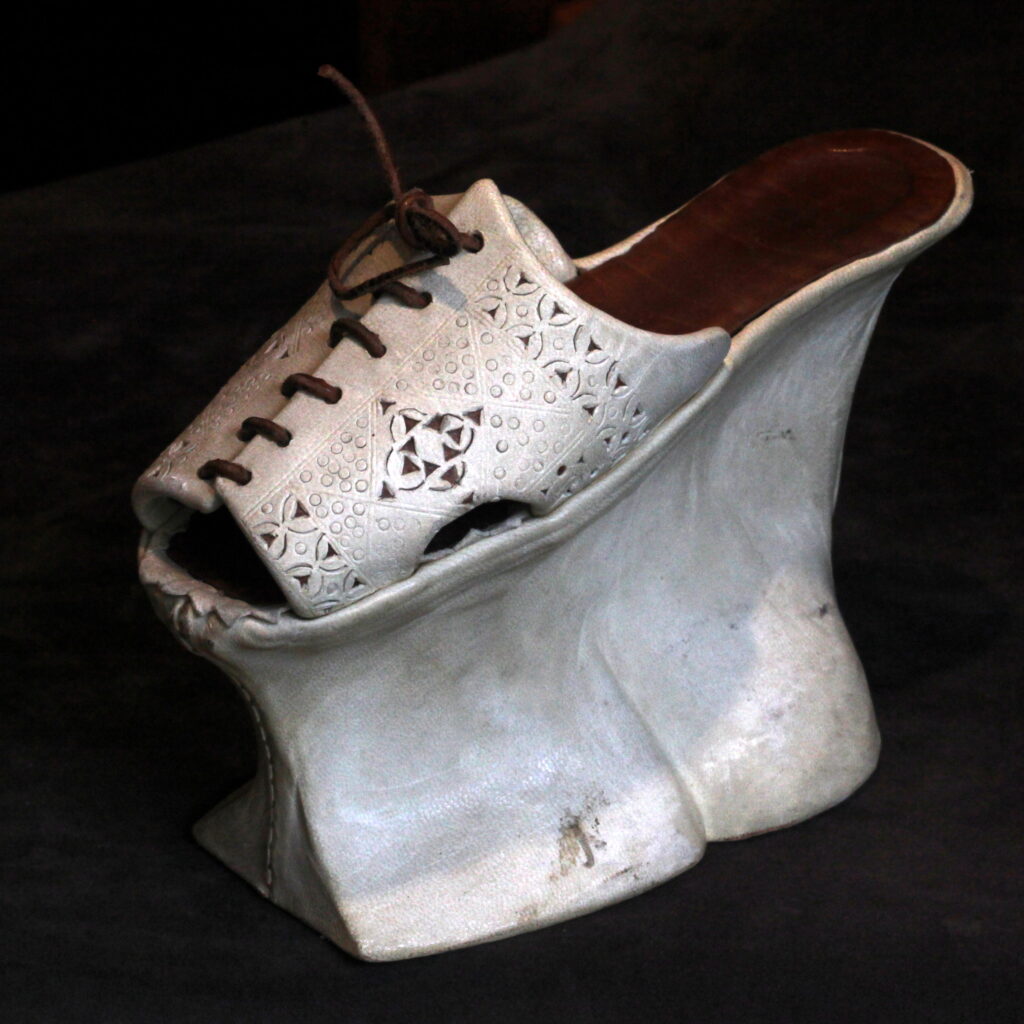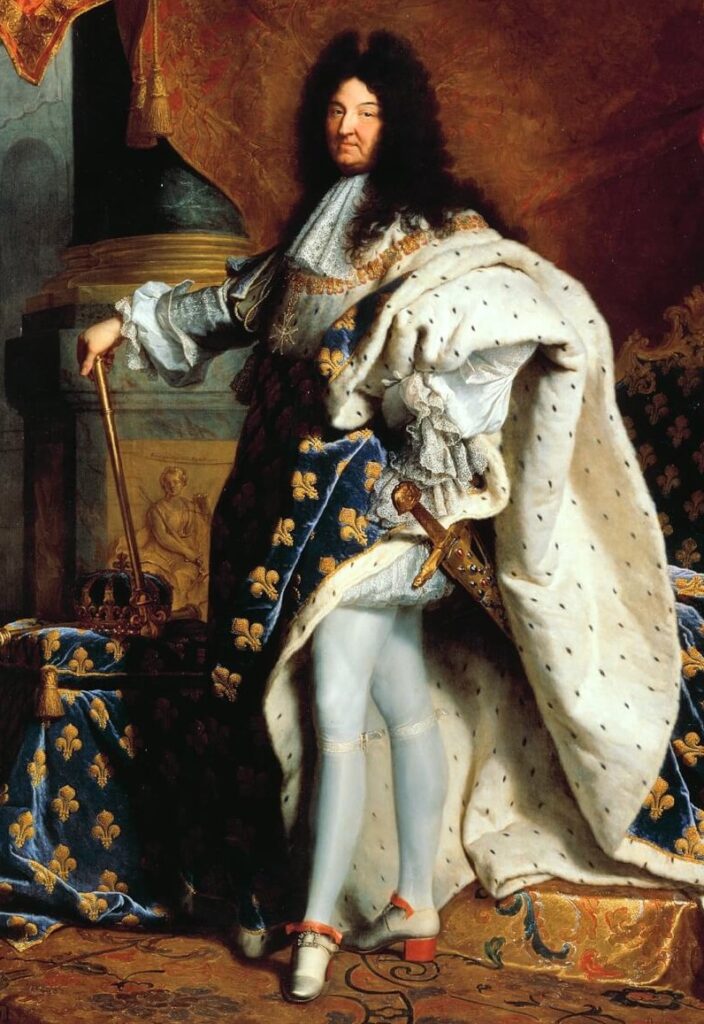The high heels belong to men!
High heels are unquestionably one of the most representative symbols of feminity. And it`s amazig to think that the origin of high heels was linked to exclusively men`s activities and men`s shoes. The first referenes to high heels come from to Anciet Egypt. In Ancient Greece, the main actors were distinguished from the secondary actors by the platforms of their shoes.
But what is the relationship between the invention of stirrups and the invention of high heels?
There is no certainty to which people are attributed the invention of stirrups, if the Sarmatians or the Scythians, peoples of the Iranian ethnic-linguistic group that habited in Central Asia and what is Iran today. However, in the eighth century, the stirrups had already spread throughout Europe.
It`s tue that in cold áreas of Asia and Persia, around the 10th century, knights adapted their boots to stirrups through heels in order to get stability. Because a sole with a heel could securely fix the knight`s foot to the stirrup. Therefore, they got their hands free to handle weapons. That`s why heels were associated with war cavalary and men`s boots.
The choppin made women taller, preventing their tunics touching to touch the floor and becoming dirty. Perhaps, because they had this function, only women used them, to the highest social stratum or the lowest of society. They were were worn hidden inder dresses and their height meant that the woman wearing them needed the support of two servants to could walk safely.

But was Catherine of Medici (1519-1589), wife of king of France, Henry II (1519-1559), who introduced the habit of wearing high heels. The reason was her shor stature and for her marriage Catherine asked italian artisan, Constatino Coccinelle (1502-1583) a pairo f shoes with heels. Hencenforth, the high wheel would appear as a garment of the french nobility
Likewise, king Louis XIV (1638-1715) due to his shor stature also adopted the high heels. In fact, in the 17th and 18th centuries in France, high heels were reserved for the nobility were used by men and women without distinction. Heel height determined social status. Red was the color used for high heels, but it was reserved for men. Even queens had no right to wear red on their heels. The king himself legislated to authorize that only the nobility could use them.

With the French Revolution of 1789 and the principles of social equality that it propagated, the fashion for high heels lost strength, because it was associated with the noble class. From the mid-nineteenth century onwards, it began to be used again, becoming completely popular after the second half of the 20th century.
From the 1960s onwards, heels were reintroduced in men's fashion by rock groups such as David Bowie or Black Sabbath. In the 70s and 80s the use of high heels became popular thanks to various musical styles such as Glam Metal and Hair Metal of Kiss, Mötley Crue, Twisted Sister or W.A.S.P.
GRIFFINS, the first Portuguese brand of exclusively unisex footwear, understood that heels have no gender. So it started using medium heels of 3 to 6 cm in height in various types of shoes that can be used without distinction by both genders. The models are versatile and with a sophisticated and avant-garde design.
RIBEIRO, Jorge da Silva, História do Calçado. Da Antiguidade caminhando até ao presente, São João da Madeira, Laborpress, 2010.
Photo Credits::
